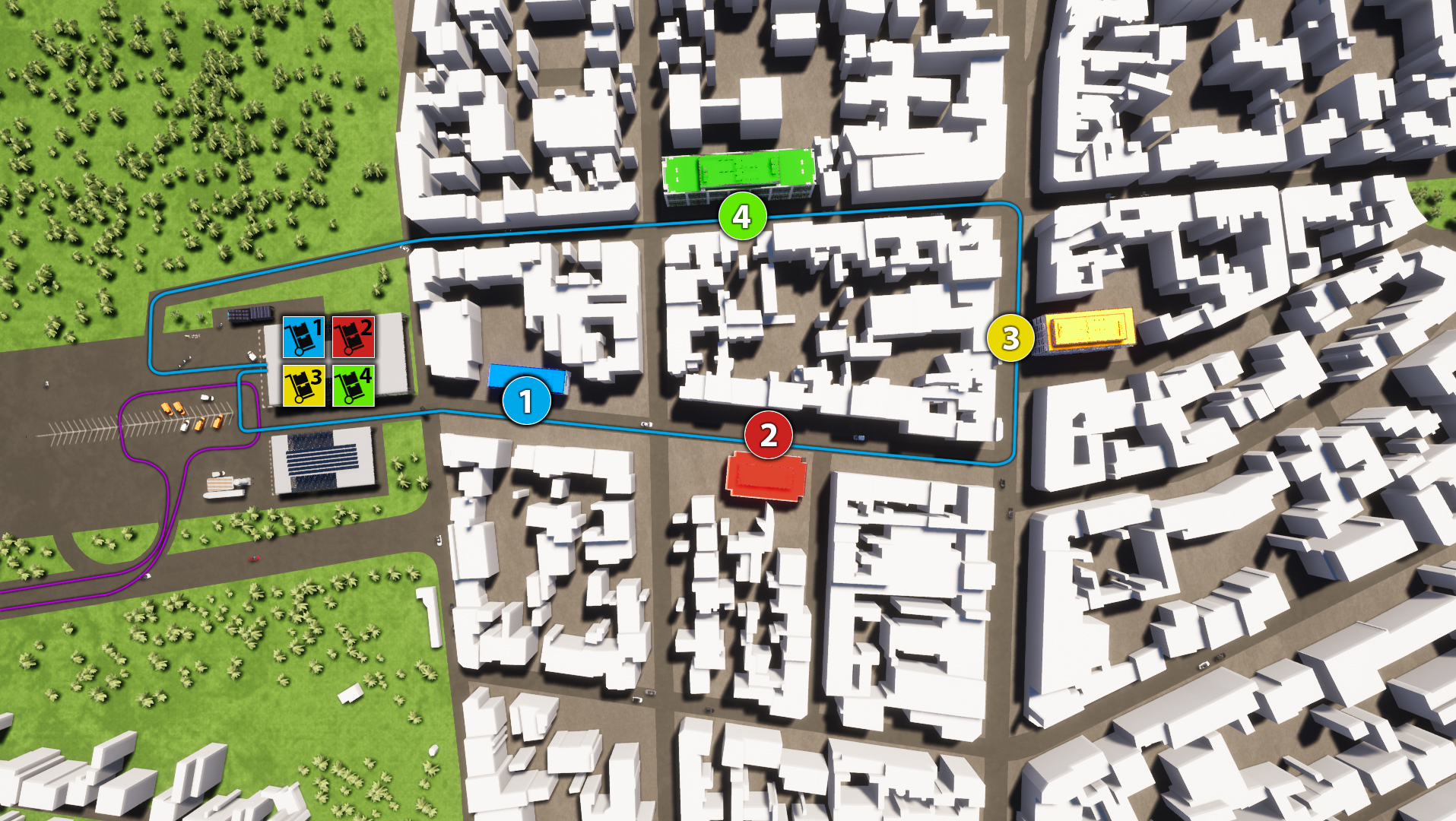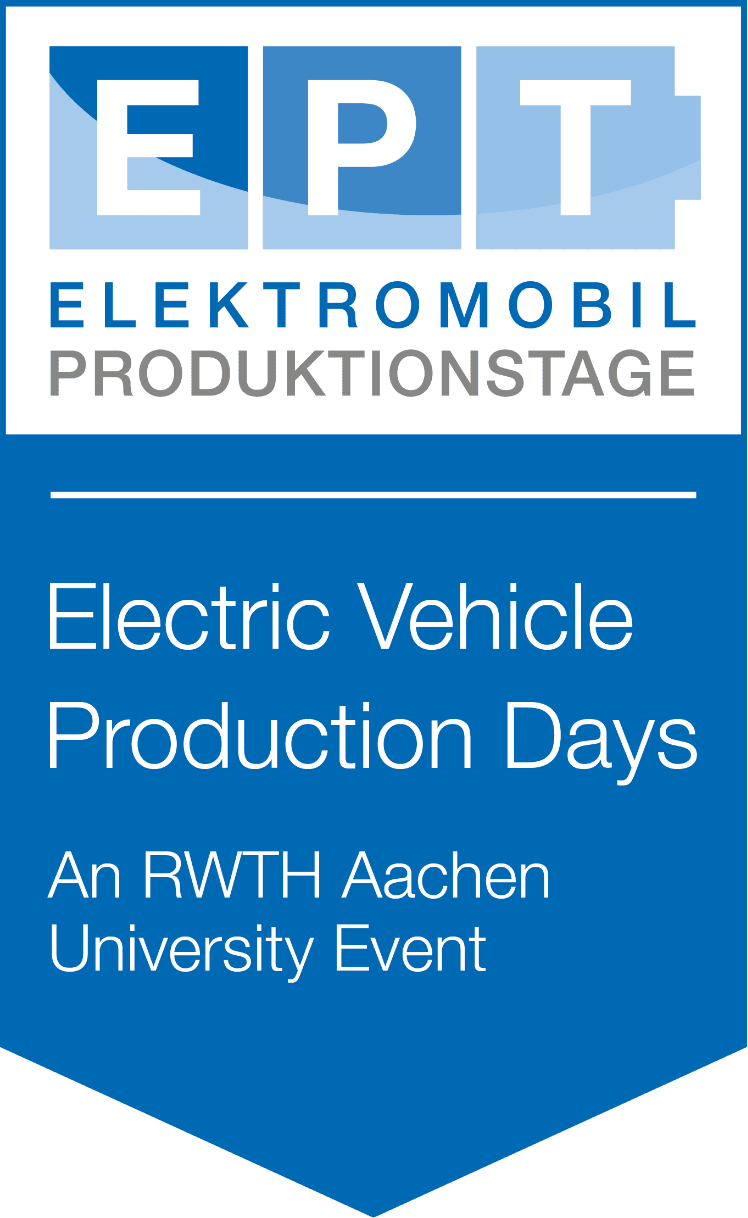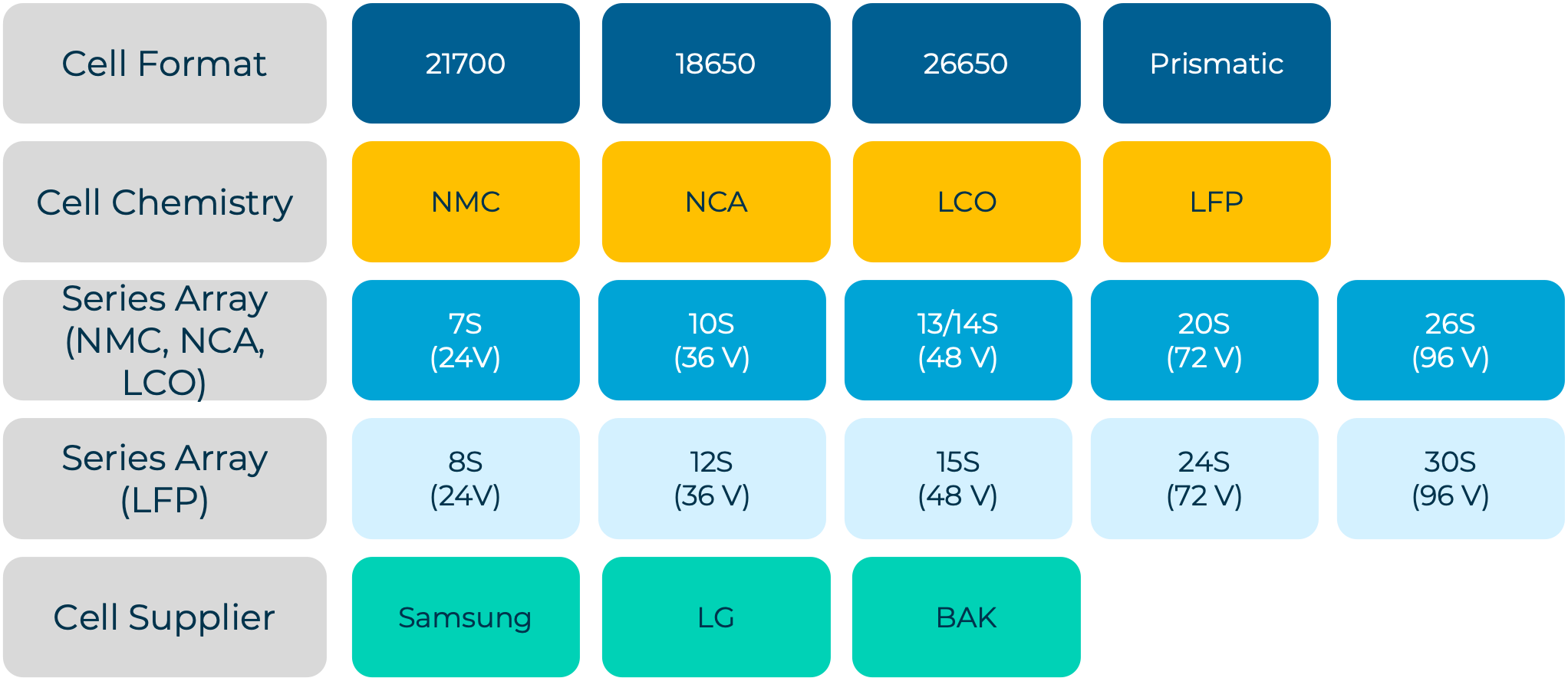The global development of mobility is inseparably interlinked to urban and population growth.
The number of motorised kilometres covered is increasing, which is particularly noticeable in cities. Private, motorised mobility continues to be a dominant factor there. The consequences are increased CO2 emissions, air pollution caused by particulate matter, noise emissions and a high level of congestion, resulting in a reduced quality of life for city dwellers. Another problem is that many cars block the oftentimes scarce space in cities, while effectively being used only a fraction of the time.
The development of motorised mobility in cities has a historical background.
In the 1960s, for example, the urban planning model was a car-friendly city. Nowadays, people are beginning to reorient themselves in pursuit of avoiding traffic. The primary means of transport in cities should no longer be the car. A rethink is necessary: “We have to think about it: Which is the main means of transport? Is it the car or can we think of something else? These are important urban planning issues,” says Professor Achim Kampker, Chair of Production Engineering for E-Mobility Components at RWTH Aachen University and partner of PEM Motion, who “is one of the few global pioneers of E-Mobility”. An increase in alternative transport services and new mobility concepts can be observed, which are being tested in cities.
Excessive greenhouse gas emissions
An immense proportion of greenhouse gas emissions can be attributed to the transport sector: more than 20 percent globally. This contributes to the anthropogenic greenhouse effect and thus to climate change. The aim of developing new transport systems is to reduce the impact on the environment against the background of greenhouse gases and scarcity of resources. “But we [Germany] are running late,” Kampker concludes in comparison to other countries. “We have to dig in, and every single one of us has to contribute. In recent years, engineers have been guided by the motto “higher, faster, further”; we should now direct everything we have into a sustainable direction.”
Against this background, he recently founded the association
Ingenieure retten die Erde e. V. (Engineers save the earth).
One of the goals: to build a resource-neutral city, the so-called Humanotop. Against this background, it is desirable to minimise the need for mobility in cities and to avoid covering long distances: “Kindergartens, shopping facilities, living space – everything must be designed as compactly as possible. And where we need mobility, it must be sustainable.”

PEM Motion Emobility Portfolio
Electromobility is an important approach here. It is described as “sustainable mobility” and as a solution to counteract the exceeding of nitrogen oxide measurement values. In fact, the electric car does not cause CO2 emissions in road traffic. Nevertheless, we must not forget where the electricity used to power the electric car comes from. This must be green, i.e. it must come from renewable sources, otherwise there can be no talk of a thoroughly environmentally friendly means of transport. The manufacture of electrically powered vehicles is also frequently criticized in this context. CO2 emissions here are often higher than those of conventional cars. Nevertheless, studies show that the ecological assessment of an e-car is already better after just a few years. What remains is the problem regarding the use of valuable raw materials in the manufacture of batteries. But here, too, solutions are already being sought and approaches developed for recycling: “The obvious solution we are also working on is recycling. We can further develop the high-tech product battery in such a way that the entire life cycle is optimized,” explains Kampker.
Share vehicles instead of owning them yourself
 Therefore, electromobility is an approach to be pursued – and it is being pursued at PEM Motion. Dr. Christoph Deutskens, CEO of PEM Motion, recalls the company’s roots: “The idea was to develop a low-cost electric vehicle. With the StreetScooter project, we took up the challenge of making electric mobility competitive with the combustion engine.” But one must also think beyond the topic: “It is not simply a matter of converting from one type of drive to another, but of thinking further about mobility. Many then always have a direct eye on the big picture, but it’s also the individual details that play a role,” explains Prof. Kampker.
Therefore, electromobility is an approach to be pursued – and it is being pursued at PEM Motion. Dr. Christoph Deutskens, CEO of PEM Motion, recalls the company’s roots: “The idea was to develop a low-cost electric vehicle. With the StreetScooter project, we took up the challenge of making electric mobility competitive with the combustion engine.” But one must also think beyond the topic: “It is not simply a matter of converting from one type of drive to another, but of thinking further about mobility. Many then always have a direct eye on the big picture, but it’s also the individual details that play a role,” explains Prof. Kampker.
PEM Motion also deals with holistic, new mobility concepts, for example sharing offers. Hand in hand with the increasing digitalization of society is the development towards a sharing economy. The focus is on utilizing rather than possessing. Kampker observes: “There is a rethinking in progress – away from the preservation of vested rights,” and he is aware: “There must be a weighing up, nobody should be the loser.”
Why should you own your own car when – according to statistics – on average 95 percent of the time it just stands around?
Why should five-seaters be used by just one person, i.e. why does everyone have to travel alone in their own car? And who enjoys searching for a parking space forever – a job that a driver does on average 17 hours a year, the equivalent of wasted time is around 345 US dollars per driver. What a waste, one might think.
There is a whole list of arguments against owning one’s own car. The communal use of vehicles is a perfect example of this. And there are far more possibilities than car sharing. First bicycles and pedelecs were brought to the cities for common use, by now also electric kick-scooters. Bike and scooter sharing focuses primarily on public rental systems. PEM Motion can already look back on several successful projects in the field of bike sharing. For example, PEM Motion was involved in the development of the Flex-Bike, which are already available by the thousands in Asia as a shared bike. Another example is the design of the first bike sharing system in Germany that uses pedelecs. The resulting company Velocity supplies cities throughout Germany with its e-bike rental system.
The prospect of a change in mobility
 Kampker cites Velocity as an example of how cities fight massively for every centimetre. It’s parking lot vs. bike sharing station. Not everyone is happy with the development of shared bikes and scooters. Some praise it as a step in the right direction, others complain about scooters that are in the way, bicycles that are sunk into rivers – not to mention the increasing number of accidents.
Kampker cites Velocity as an example of how cities fight massively for every centimetre. It’s parking lot vs. bike sharing station. Not everyone is happy with the development of shared bikes and scooters. Some praise it as a step in the right direction, others complain about scooters that are in the way, bicycles that are sunk into rivers – not to mention the increasing number of accidents.
Nevertheless, it is a step to change mobility as we know it now; a step away from one’s own car and crowded streets and cities. A step in a new direction, a new development. We at PEM Motion accompany them and are committed to ensuring that this step is successful and sustainable.
We are realizing the future of mobility – and will report on it regularly here in our blog in the future.




